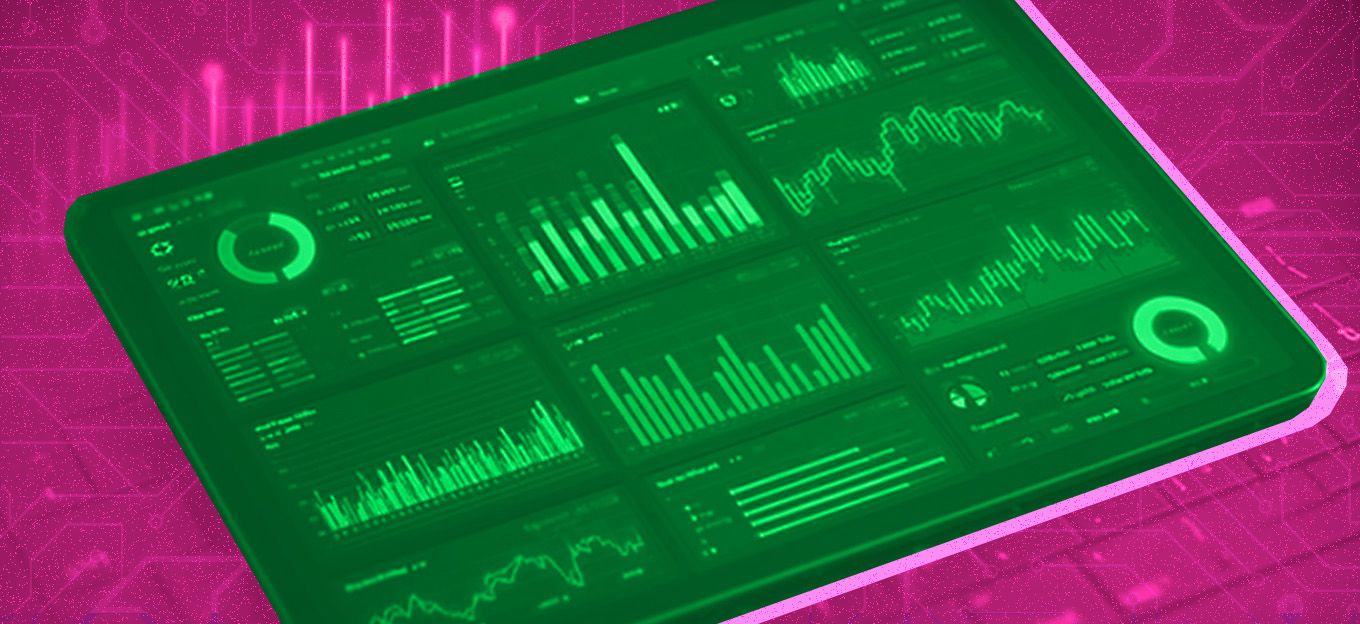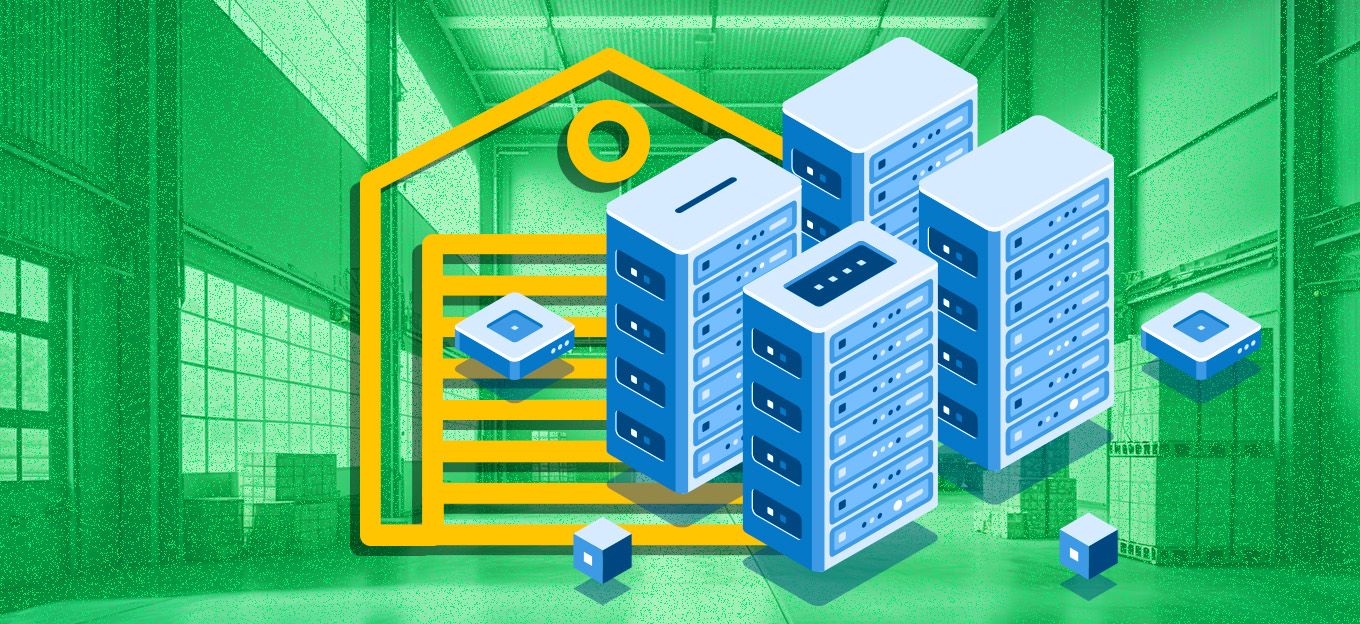Data Science for IoT: How Does It Work?
Data Science for IoT: How Does It Work?
- Last Updated: December 2, 2024
Guest Writer
- Last Updated: December 2, 2024



The Internet of Things (IoT) is a groundbreaking technology that changes the face of business and our daily lives. It has turned individuals into smart device-connected consumers and businesses into overlapping enterprises. Smart devices generate tremendous amounts of data wirelessly over the internet without human intervention, which is excellent for organizations eager to provide the best services to their clients. The only problem is that IoT creates too much information for traditional data science.
And that's how we get to data science for IoT.
'Thanks to data science, businesses can create solutions that help them reduce operational costs and achieve business growth. IoT takes this one step further with its real-time capabilities.' -Henry Bell
Data Science and How It Applies to IoT
The simplest definition of data science is the study of processes that help us derive value from data. In the case of IoT, data refers to information created by sensors, devices, applications, and other smart gadgets. At the same time, value means predicting future trends and outcomes based on that data.
For example, let's say you use a fitness tracker that measures the number of steps you take per day. With this information, data science can tell you:
- How many calories you burn
- How much weight you lose
- When the best time for your workout is
But that's just a simple example of data science in action. IoT is different because it's a high-volume data producer. According to the report, the amount of data that IoT devices will generate by 2025 is expected to reach 73.1 zettabytes. The standard data science can't handle it, so it has to evolve. IoT helps data science go to the next level.
Key Differences Between Traditional and Data Science for IoT
There are quite a few differences between traditional and IoT-based data science, but we will point out only a few key distinctions.
Data Science for IoT Is Dynamic
The classical version of data science is static because it's primarily based on historical information. For instance, a company gathers data from its clients about their preferences and needs. The historical data becomes a foundation for predictive models that help the company understand its future customers.
However, IoT changes the dynamic of data analysis because it's all about real-time sensor readings from smart devices. This information allows data science consultants to create highly accurate evaluations almost instantly.
In this case, customer data constantly changes and updates - a feature traditional data science can't cope with. Data science for IoT supports continuous learning, evolves with time, and improves operational processes on the go.
IoT Handles Larger Data Volumes
Data science is evolving with IoT because of the sheer amount of information it can process. We are not talking about megabytes or even gigabytes of information anymore. On the contrary, data science for IoT deals with massive volumes of data that can reach entire zettabytes.
Better Predictive Analytics Method
Data science for IoT is dynamic and more comprehensive than traditional data science. On the contrary, it also makes a better predictive analytics method.
Thanks to data science, businesses can create solutions that help them reduce operational costs and achieve business growth. However, IoT takes this one step further with its real-time capabilities.
Decisions become more accurate, helping companies and organizations to identify new opportunities, increase sales, improve customer experience, and optimize performance.
The Challenges of IoT Data Science
Data science for IoT obviously has a vast potential, but it's not almighty. There are challenges IoT data science has to overcome before it becomes mainstream. Four risks stand out here:
Data Management and Security
IoT generates huge amounts of data, but this also means there are more opportunities to hack or leak private information. For instance, if hackers manage to hijack the connection between your fitness tracker and the doctor's office app, they can access sensitive health records.
Privacy concerns are a major issue with IoT data science. For example, many companies were criticized for releasing sensitive information about customers without their knowledge or consent.
Scaling Issues
IoT data science is a vital tool, but users may struggle to scale it up to meet their demands. Whenever an organization wants to add new sensors or integrate an IoT system with additional software solutions, it will likely face significant issues and challenges.
That's why it's essential to prepare for the scaling project well in advance. You need to set up everything beforehand from software to personnel to scale data science processes successfully.
Data Analytics Skills
Data science for IoT can be extremely beneficial, but are there enough professionals with relevant analytics skills? For the time being, classical data science consultants still dominate the market because IoT analytics has not become widely adopted yet.
However, this could change very soon as more and more companies start to embrace IoT technology. IoT data scientists will have to develop new skills and try to understand the peculiarities of the deployment process. To do so, they will need to learn about the following:
Edge Computing: It is the practice of processing data as close to the source as possible, improving performance and reducing network congestion.
Computer-Aided Design: It is important to figure out the logic behind the physical design of a smart device.
IoT Computing Frameworks: Data scientists will also need to use open-source learning tools to master IoT hardware.
Operating Costs
Another problem with data science for IoT is the sheer cost of introducing a brand new technology. This is especially the case with companies willing to use it on a larger scale. We guess that many organizations will face severe budget limitations when they start implementing IoT data science technologies.
The Bottom Line
Data science for IoT is a major upgrade of traditional data analytics. It takes the extra step to make data science more robust, powerful, and accurate. IoT makes it possible thanks to its data generation abilities.
The web of interconnected devices constantly communicates to provide businesses and organizations with enormous volumes of user-related information. It's more than enough for data scientists to draw relevant conclusions from their databases.
The process of deploying data science for IoT is somewhat challenging, but the benefits are too great to overlook. In such circumstances, we expect data science for IoT to become mainstream in the following decade.
The Most Comprehensive IoT Newsletter for Enterprises
Showcasing the highest-quality content, resources, news, and insights from the world of the Internet of Things. Subscribe to remain informed and up-to-date.
New Podcast Episode

Moving Past the Pilot Phase in IoT and AI
Related Articles





